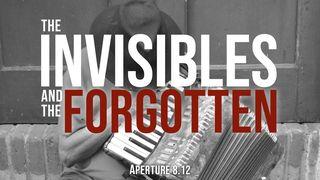Plan Info
He Gave Us Prophets: Historical Analysis of ProphecySample
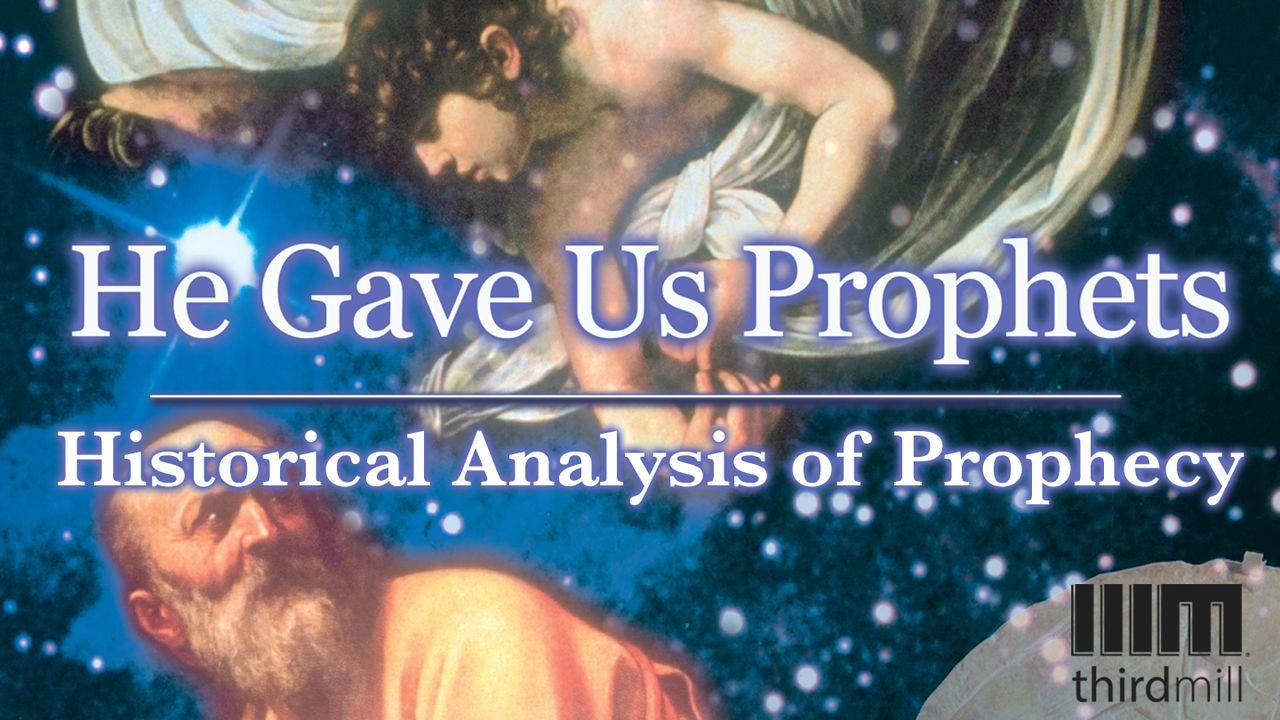
Prophetic Ministry During the Restoration: Malachi 4:1-5
Three well-known prophetic figures were Haggai, Zechariah and Malachi. Let’s first consider the ministry of Haggai.
The book of Haggai makes it very plain that this prophet was among those who had returned to the land. As a result, his ministry took place in Jerusalem. Beyond this, we know rather precisely when Haggai ministered. We read in Haggai 1:1 that God spoke through Haggai on the first day of the sixth month to Zerubbabel, governor of Judah. From this and other passages in the book of Haggai, we learn that all of Haggai’s prophecies were given during a four-month period in 520 B.C.
Now what was Haggai’s basic message? Haggai was determined to inspire the floundering Judaites to rebuild the temple. In fact, Haggai predicted that great victories and blessings would come to Zerubbabel if he and the people would repent of their sins. As he says in 2:21:
Tell Zerubbabel governor of Judah that I will shake the heavens and the earth.
Haggai offered God’s rich blessings to the people if the nation would sincerely turn back to the Lord and rebuild his temple.
The second prophet of the restoration period was Zechariah. From the content of Zechariah’s prophecies, we learn that he ministered in Jerusalem alongside of Haggai. Chapter 1 verse 1 mentions that Haggai began to minister in the eighth month of the second year of Darius, in other words, in the year 520 B.C. And from the content of chapters 9–14 of Zechariah, many interpreters believe that Zechariah’s ministry continued after it became clear that simply rebuilding the temple was not sufficient to bring divine blessing. In his early ministry, summarized in the first eight chapters of Zechariah, the prophet’s message was very simple: great blessings will come if the people will rebuild the temple. Beyond this, however, in chapters 9–14, Zechariah predicted that full restoration would come only by a catastrophic, future, divine intervention. The prophet had visions of a great series of events in the future when God would intervene and bring victory and righteousness to his people. As he said in 14:20:
On that day “Holy to the Lord” will be inscribed on the bells of the horses, and the cooking pots in the Lord's house will be like the sacred bowls in front of the altar.
Now, the last prophet of the Old Testament was Malachi. From his focus on the temple and the Levites, it’s apparent that Malachi also ministered in the vicinity of Jerusalem. His message fits best during or after the time of Nehemiah’s reforms, somewhere between 450 and 400 B.C. The temple services had become so corrupted, and the people had turned so far away from the Lord that Malachi announced a great judgment was still coming against the people of God. As we read in Malachi 3:5:
[The Lord] will come near to you for judgment.
Yet Malachi knew that the judgment of God in the future would also lead to the final restoration for the righteous in Israel. In 4:2, Malachi offers hope for those who repent and prove to be faithful to the Lord:
For you who revere my name, the sun of righteousness will rise with healing in its wings. And you will go out and leap like calves released from the stall.
Malachi assured Israel, even in her apostasy, that after judgment would come a time of great blessing.
The prophets of the restoration period had to deal with a great crisis. The people of God who had come back from exile continued to rebel against God, and as a result, the prophets finally concluded that the great restoration blessings would come only in the distant future. Now, as Christians, we know when this distant future came — it was when Jesus came to the earth.
Click here to watch He Gave Us Prophets: Historical Analysis of Prophecy, lesson five in the series He Gave Us Prophets. thirdmill.org
Scripture
About this Plan
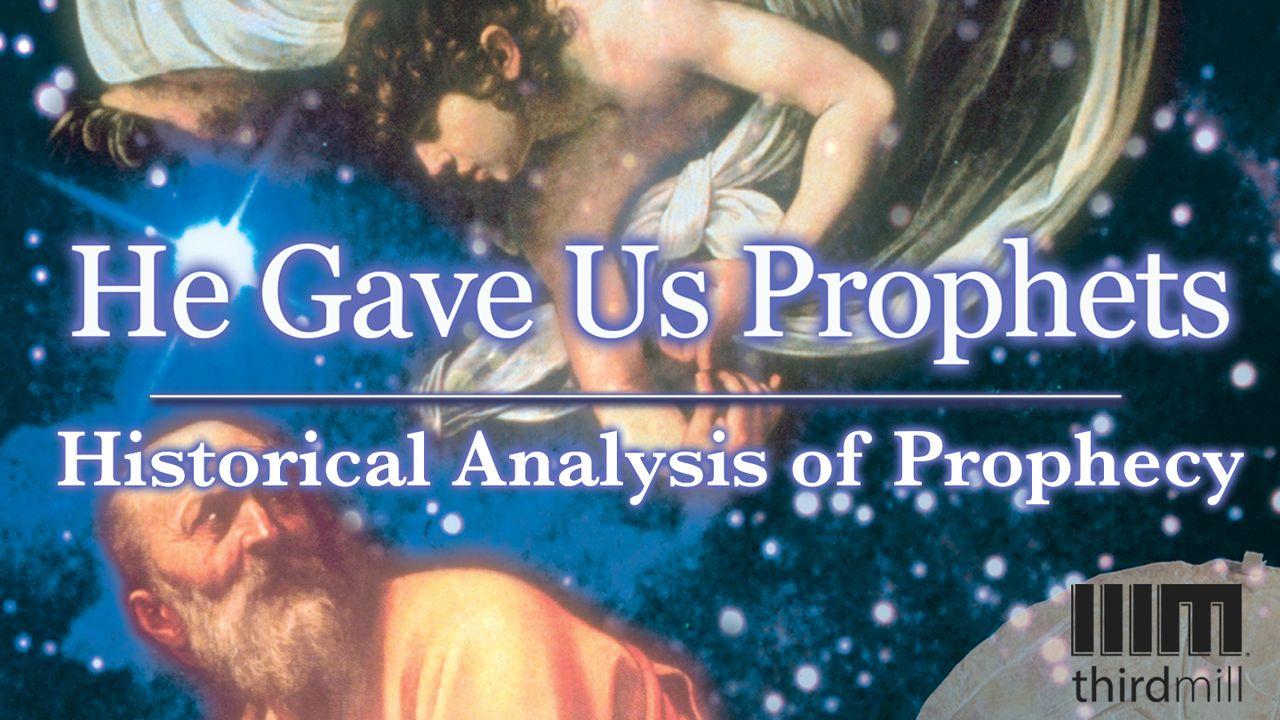
This reading plan examines how Old Testament history provides the context for properly understanding Old Testament prophecy.
We would like to thank Third Millennium Ministries for providing this plan. For more information, please visit: http://thirdmill.org/
Related Plans
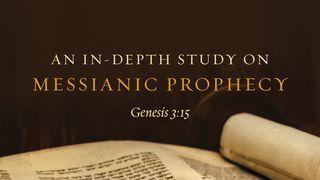
An In-Depth Study On Messianic Prophecy
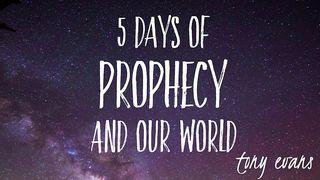
5 Days Of Prophecy And Our World
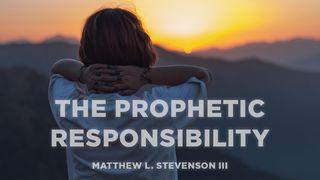
The Prophetic Responsibility
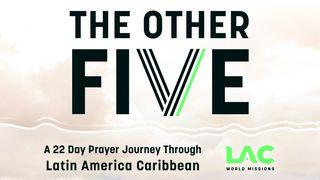
The Other Five Prayer Journey
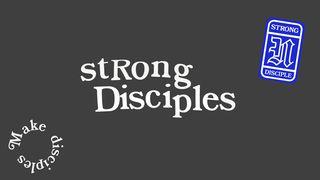
Strong Disciples Two

TheLionWithin.Us: Choosing Your Circle: The Power of Influence

Unorthodox

Wisdom for Sports Parents From the Old Testament

The God Who Sees You
